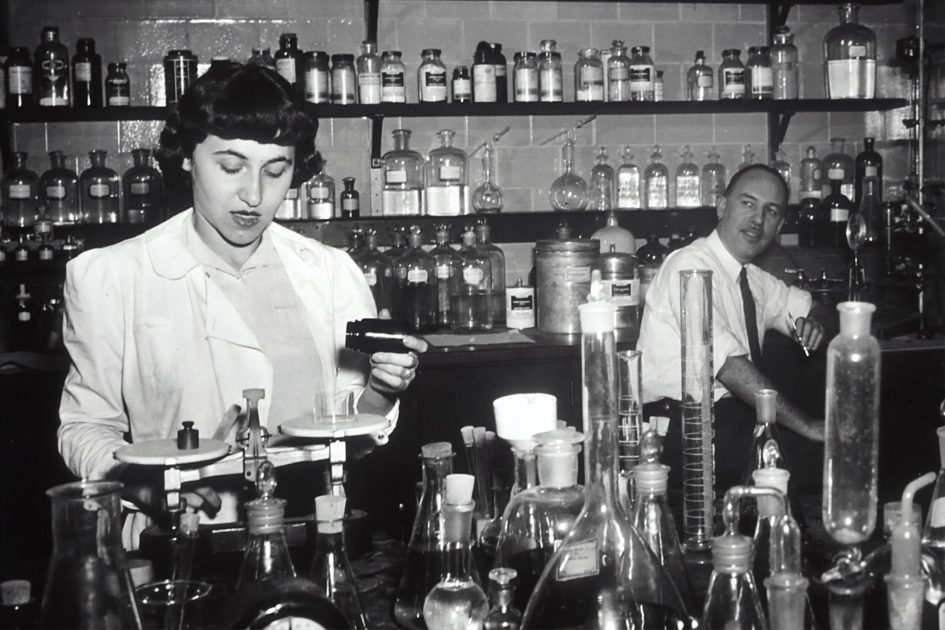Parallel to the judging of the 2020 Alberta Beer Awards back in February, which seems like forever ago, Raft Beer Labs ran some analytical tests on a portion of the competition entries. While I was holidaying a couple weeks back, they released the results of their analysis, and the results are fascinating.
Raft Beer Labs started up last year to provide laboratory support for Alberta craft breweries. Started by the former lab guy for Phillip’s Brewing, it aims to provide affordable advice to small and mid-sized breweries to improve the quality of their beer. They offered to run some entries through a battery of lab tests to offer an analysis of the beer and compare it to success in the competition. You can find their full report here (the report is free to download but you do have to enter some personal information).
In all they sampled 31 beer from 18 different breweries. This is, admittedly, a small sample of the 400+ entries in the competition (testing required the consent of the brewery). In their sample there were 9 medal winners.
You can read the full report for the details, but I want to offer some observations. They make seven major observations. Briefly (with my interpretation) they are:
- Fresher beer were more likely to win medals
- Both winners and non-winners had actual IBUs lower than the listed level
- Medal winners were, on average, drier than non-winners (had a lower final gravity)
- Medal winners were clearer (had less turbidity) than non-winners
- Medal winners had lower free amino nitrogen (FAN) levels than non-winners (FAN is a measure of yeast health, lower is better – to stupidly oversimplify this complex concept)
- Microbial contamination (wild yeasts, bacteria) were an issue in both medal and non-medal winners
- Medal winners were higher in alcohol than their target

Some of the results are completely not surprising. I would expect that judges would detect the subtleties in fresher vs. less fresh beer. Less turbidity and healthier yeast also make complete sense in contributing to medal winners.
Some of the results leave me saying “whatever”. Not hitting target IBUs or overshooting alcohol targets seem theoretical to me – in terms of a consumer’s experience (I get for the brewery it matters). Hop character is more than about IBUs and the impact of alcohol all depends on whether it is higher-chain or lower-chain. I think the authors are wrong when they conclude that “the trend toward lower bitterness preferences among consumers is also appearing among judges” (p. 5). The problem with their conclusion is that they are comparing a beer’s theoretical and actual IBUs, not how those IBUs match with the style, or how it interacts with aroma/flavour/dry hop characteristics. A more accurate interpretation is that balance and overall character are more important than raw IBUs.
I leave the most interesting result (for me, at least) for last. 22.5% of samples (seven beer) had some detectable contamination. Three of those beer won medals. The report notes that this is double the industry rate (based on a recent study of 14,000 samples). I think this is something to which Alberta breweries should be paying attention.
I don’t believe this is a case of the judges screwing up (although I don’t know which beer are implicated). These are lab tests. It is likely that small amounts of contaminate, especially in a fresh beer, would be below human perception thresholds. Now, give the beer a couple months and that contamination could become a big problem, which is why breweries need to pay attention to this result. 22% is far too high, even if it is a small sample.
This result actually aligns with my personal observations. Far too often I find Alberta beer (not just Alberta, but we are talking about them right now) fall apart too quickly. Fresh from the taproom everything seems right, but buy some cans/bottles a few weeks old and the beer is already starting to fall apart. That is the result of either too much dissolved oxygen or contamination.
This is an area where the industry needs to get better. And soon. As consumers’ palates get stronger, iffy cleanliness will be death to a brewery. Get a solid lab program going. You won’t regret it.
Overall I think this was a fun and educational project. I hope we can do it again next year, with a bigger sample. Thank you to Raft Labs for volunteering to do the testing. I hope the breweries that participated learned something useful. If the whole thing makes next year’s entries better, then everyone will be a winner.


Leave a Reply